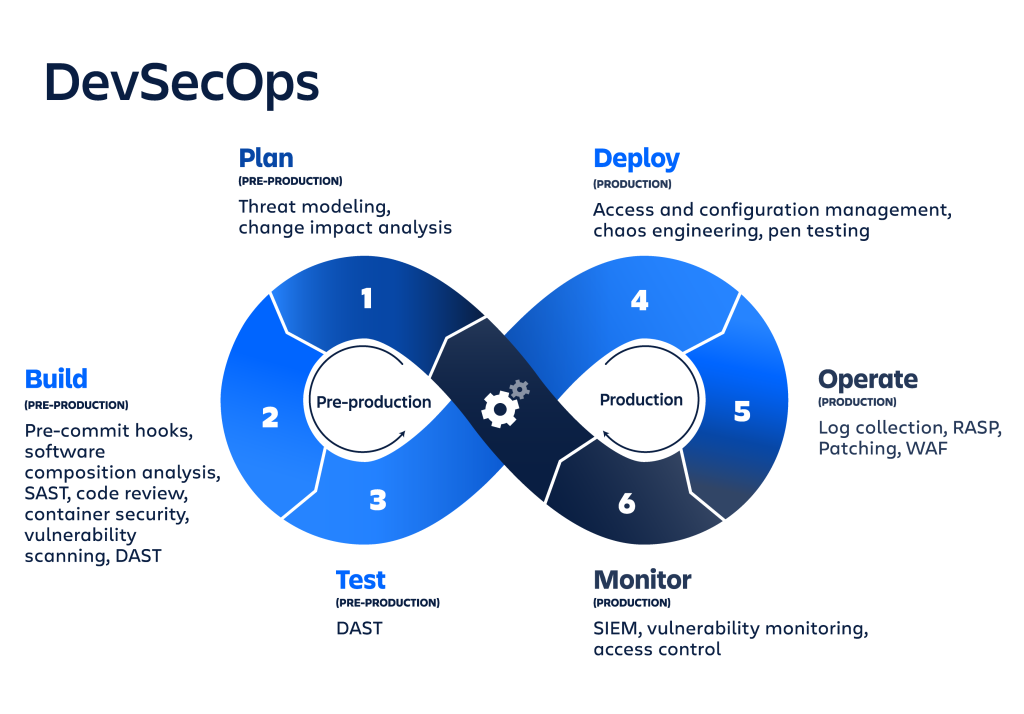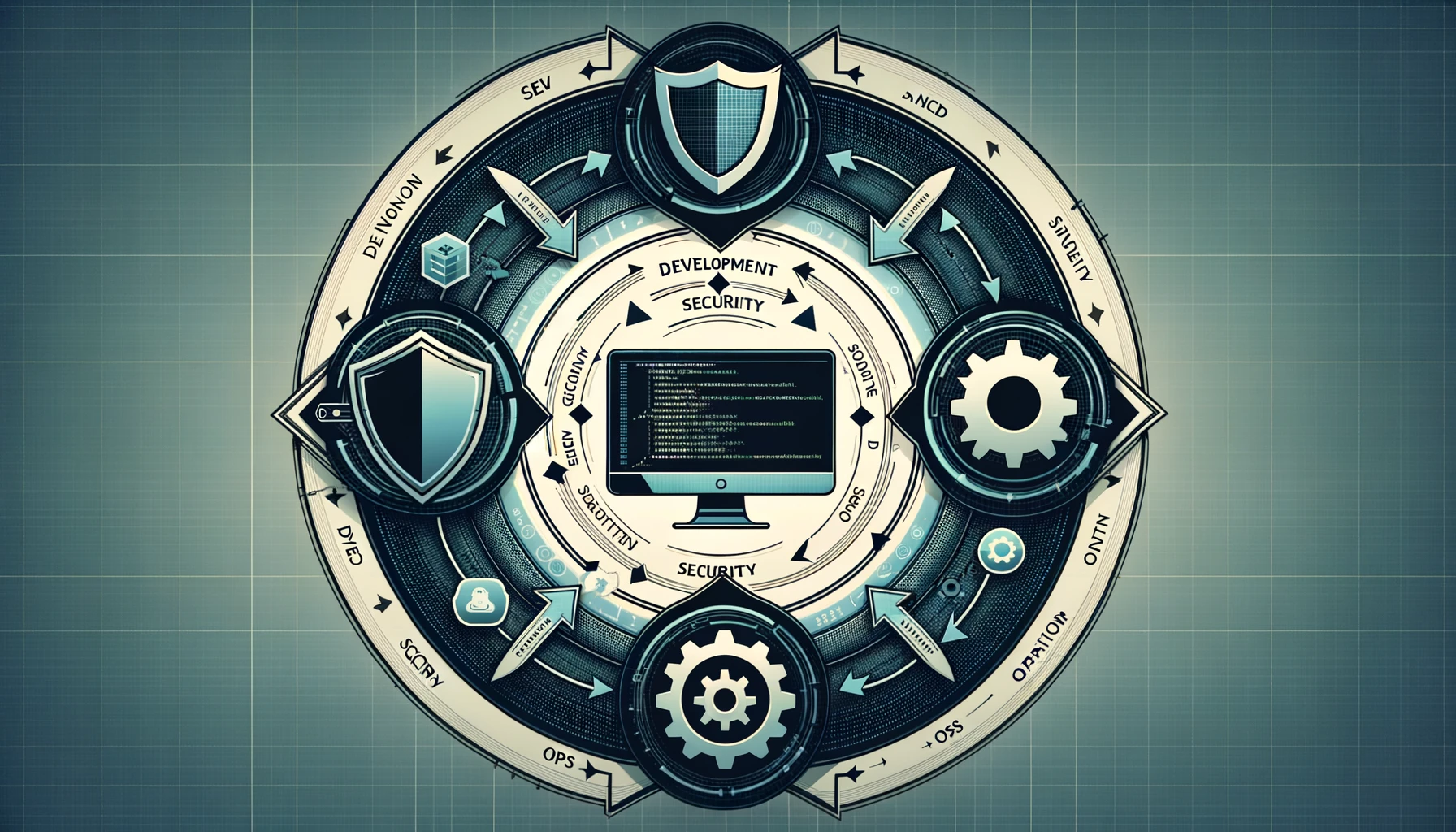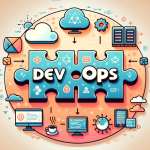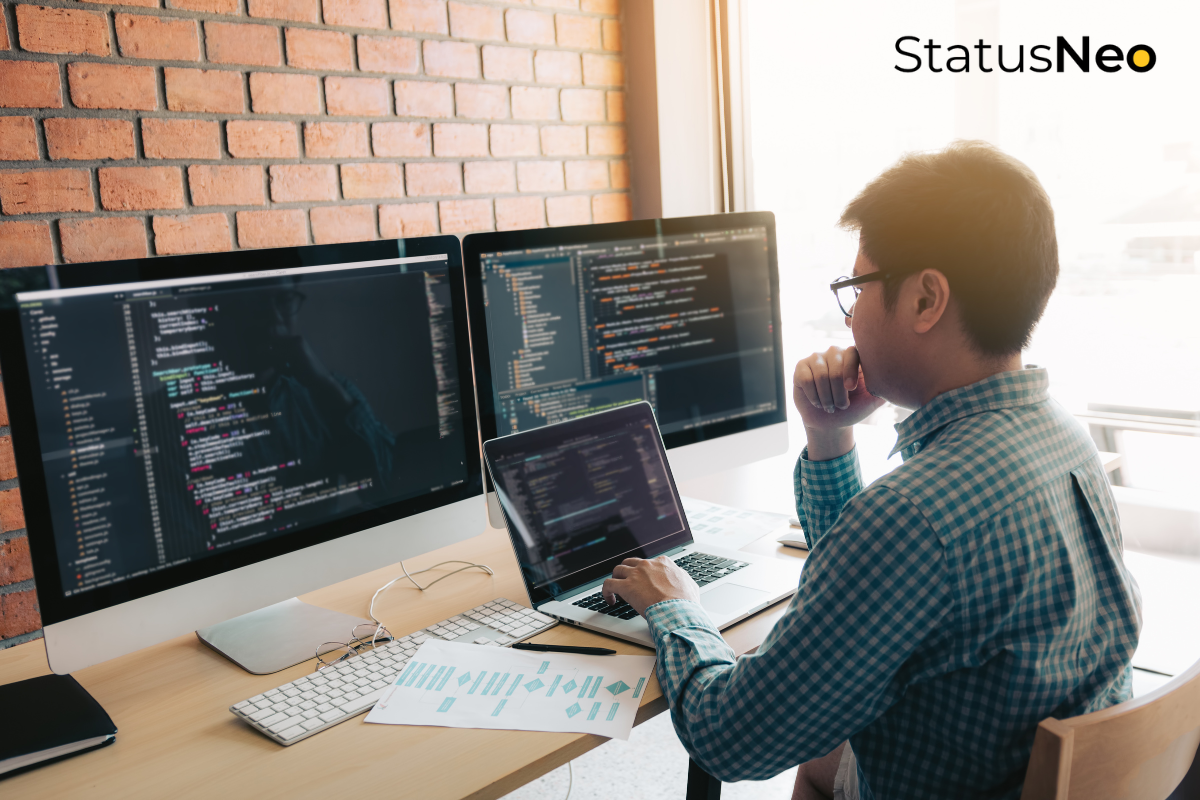Harmonizing DevSecOps: A Symphony of Security Orchestration
Securing the software development lifecycle (SDLC) has become paramount for organizations in today’s dynamic digital landscape. However, the complexity of DevSecOps processes often results in chaos instead of clarity. To address this challenge, organizations must implement a comprehensive security orchestration framework. This framework streamlines workflows and enhances efficiency, enabling a smooth transition from chaos to clarity in DevSecOps practices. Let’s delve into how organizations can achieve this harmonization in the digital age.
Navigating the Alert Storms
One of the primary challenges in DevSecOps is the overwhelming volume of security alerts generated by disparate tools. Developers and software engineers are inundated with alerts lacking context, leading to fatigue and increasing the risk of false negatives. To address this issue, organizations must prioritize vulnerability backlogs based on impact rather than severity, empowering development teams to focus on addressing critical vulnerabilities that pose the greatest risk.
Orchestrating Security Workflows
To truly unlock the potential of DevSecOps, organizations need an orchestration framework that seamlessly integrates security workflows into the SDLC. This framework should trigger security actions in response to changes within the development pipeline, working in harmony with CI/CD workflows to provide a better security posture for the organization. By automating security assessments and actions in real-time, organizations can ensure that every change is assessed and addressed promptly, minimizing risk and driving efficiency.

Challenges in Cloud-Native Environments
In cloud-native and microservices-based environments, the complexity of DevSecOps is further amplified. With multiple technologies and specialized scanning tools in use, organizations face a daunting task in ensuring the security of their digital assets. Point-in-time assessments are no longer sufficient in protecting against evolving threats, highlighting the need for continuous, real-time security assessments integrated into CI/CD pipelines.
The Path Forward
As governments worldwide enact legislation to hold organizations more accountable for software security, the need for scalable security orchestration frameworks becomes increasingly apparent. Savvy DevSecOps teams recognize the importance of revamping existing approaches to address these requirements. By implementing a scalable security orchestration framework that eliminates friction in DevSecOps workflows and drives efficiency through real-time assessments, organizations can ensure that their software is secure by default.
Conclusion
Transitioning from chaos to clarity in DevSecOps requires a concerted effort to harmonize security practices across the SDLC. By prioritizing vulnerability remediation, orchestrating security workflows, and embracing automation in cloud-native environments, organizations can navigate the complexities of modern software development with confidence. With a scalable security orchestration framework in place, organizations can meet the evolving demands of the digital age while ensuring the security and integrity of their software assets.








